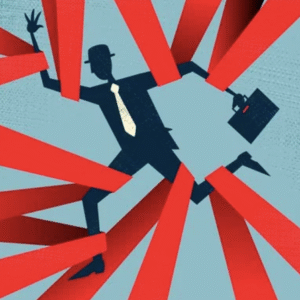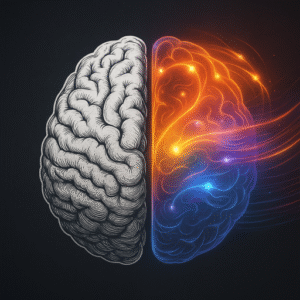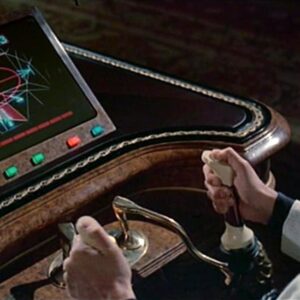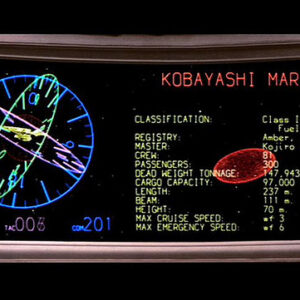“We live in a time when the institutions that run society are struggling to cope with the complexities of the real world, and so they retreat into simplified versions of it.” Adam Curtis, HyperNormalisation 2016 Complexity makes people nervous. And when institutions get overwhelmed, they don’t reach for transparency — they reach for control. Or...
Category: <span>Opinion</span>
Speed vs Depth: How System 1 Thinking Shapes AI Decisions at Work
Daniel Kahneman’s research on System 1 and System 2 thinking helps explain why some workplace decisions — especially around technology like AI — feel rushed or oversimplified. His model shows that we don’t always think in one consistent way. Instead, we alternate between two systems: In busy work environments filled with deadlines and pressure, System...
Hacked by Hurry: How Forced Time Hijacks Your Prefrontal Cortex
We’ve got a group of students with us this week, shadowing different teams and working on a project about decision-making under uncertainty. After a few scenario discussions, one theme stood out: time pressure changes everything. That led me to reflect on something I’ve come to call forced time — when your natural pace of thinking...
The Innovator’s Dilemma in Established Enterprises: Why Success Can Be Your Biggest Threat
Explore how established enterprises can fall into the trap of their own success, using Barnes & Noble's response to the eBook revolution as a case study, and learn strategies to foster innovation and avoid disruption.
Podcast Interview with Threatspike Labs
Learn more about how I used Threatspike’s Blue service to protect our information assets
Strategic Mastery: How Cold War Game Theory Shapes the Modern CTO’s Edge
Introduction:The historical application of game theory during the Cold War unveils strategic principles that offer a distinctive advantage to today’s Chief Technology Officers. This exploration draws parallels between the intricacies of managing nuclear threats during the Cold War and the strategic considerations inherent in leading technology teams. By adapting lessons from historical analysts like Herman...
From Stress to Success: Optimizing Cognitive Resilience in Tech Leadership
Where innovation thrives, the positive influence of stress management on cognitive well-being becomes a cornerstone for CTOs. This perspective, inspired by a Harvard Health article, explores the optimistic facets of stress management, presenting strategies that not only shield our brains from the effects of stress but also enhance our cognitive capacities for sustained excellence in...
Tech Replicators: CTOs and the Evolutionary Power of Digital Ideas
Chief Technology Officers (CTOs) act as architects shaping the evolution of digital landscapes. Drawing inspiration from the evolutionary theories of William Hamilton and Richard Dawkins, this exploration delves into how CTOs can harness the power of digital ideas, akin to genes, to drive innovation, adaptation, and the transformative evolution of their technological ecosystems. Understanding Hamiltonian...
Breaking the Chains of Tech Hypernormality: Embracing Change in Persistent Environments
Quite often, teams can unwittingly fall into a state of “tech hypernormality,” a condition where the team operates in a seemingly stable environment despite underlying issues and the need for innovation. Much like the societal dynamics of hypernormalisation explored by Alexei Yurchak, tech hypernormality in a team setting occurs when the status quo is maintained,...
Bricolage and Beyond: Turning Unwinnable Tech Challenges into Triumphs
In the vast expanse of technology leadership, challenges often arise that mirror the infamous Kobayashi Maru scenario from Star Trek—a test designed to assess the resilience and creativity of Starfleet officers in the face of a no-win situation. Similarly, Chief Technology Officers (CTOs) find themselves navigating their own versions of the Kobayashi Maru, where tight...










